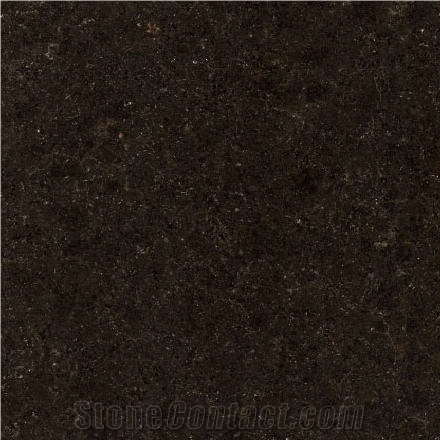Likalan Jaervi Granite
Order Now
About
Material Type: Granite
Origin: Finland
(Ylipää, Merijärvi, 1969 )
Finland
(Ylipää, Merijärvi, 1969 )
 Finland
(Ylipää, Merijärvi, 1969 )
Finland
(Ylipää, Merijärvi, 1969 )
Priamry Color(s): Black
Recommended Usage:Suitable for interior and exterior applications
Additional Names:Likalan Jaervi,Midnight Black,Nero Midnight,Oulainen Black
Testing
Water Absorption:0.09 % - 0.29 weight-%
Density:2970 kg/m3
Flexural Strength:17.6 Mpa
Compressive Strength:174 Mpa
Description
Mineralogical composition
Plagioclase:52%
Pyroxene (augite):24%
Biotite mica:20%
Amphibole (hornblende):1%
Quartz:1%
Other:2%
show more
hide
FAQ
Ask a Question

Can Finland's Likalan Jaervi Granite be used exterior applications in hot climates?
Finlands Likalan Jaervi Granite can be used in exterior applications in hot climates, but certain factors should be considered.
Granite is generally a durable and robust material suitable for various climates. Likalan Jaervi Granite is known for its strength and resistance to weathering. However, in hot climates, there are a few considerations to keep in mind:
1. Heat resistance: Granite is heat-resistant to a certain extent, but extreme temperatures can cause thermal expansion and contraction. In areas with high temperature fluctuations, selecting a granite with good heat resistance properties is important.
2. Color selection: Darker granites tend to absorb more heat compared to lighter ones. In hot climates, it is advisable to choose lighter-colored granite as it will reflect more sunlight and remain cooler to the touch.
3. Proper finishing: The surface finish of the granite plays a role in its performance in hot climates. Polished granite can become hot to the touch when exposed to direct sunlight, while a honed or textured finish may be more suitable.
4. Maintenance: Regular maintenance and sealing are important to protect the granite from damage caused by extreme temperatures, UV radiation, and other weathering factors.
Ultimately, consulting with a local stone supplier or a professional in the specific hot climate area is recommended to ensure the suitability of Likalan Jaervi Granite for a particular exterior application.
show more
hide

Is Finland's Likalan Jaervi Granite an expensive stone?
I do not have current information on the market value of Likalan Jaervi Granite. However, the price of a stone depends on several factors such as its quality, availability, and demand. It is best to consult with a stone supplier or a professional in the industry for accurate pricing information.
show more
hide

What grade is Finland's Likalan Jaervi Granite?
I do not have access to information on the grading system of Finlands Likalan Jaervi Granite. Can you please provide more context or details about what kind of grading you are referring to?
show more
hide

Can Finland's Likalan Jaervi Granite be used in landscaping?
Yes, Finlands Likalan Jaervi Granite can be used in landscaping. Likalan Jaervi Granite is a durable and high-quality natural stone that is known for its beautiful colors and patterns. It can be used for various landscaping purposes such as creating pathways, steps, retaining walls, garden borders, and decorative elements like benches or sculptures. Whether used for hardscaping or as decorative features, Likalan Jaervi Granite adds a timeless and elegant look to any landscape design.
show more
hide

Can Finland's Likalan Jaervi Granite be used in a kitchen?
Yes, Finlands Likalan Jaervi Granite can be used in a kitchen. Granite is a very durable and resistant material, making it a popular choice for kitchen countertops. Likalan Jaervi Granite, with its unique pattern and color, can add a beautiful and natural aesthetic to any kitchen. It is also heat resistant and can withstand common kitchen activities, such as cutting and food preparation, without being easily damaged. However, like any natural stone, granite requires regular sealing to prevent stains and should be properly maintained to ensure its longevity.
show more
hide
Product & Prices
Post Your Request
*From:
*Request:
The request includes: 1. surface finished, size 2. quantity required
Send







